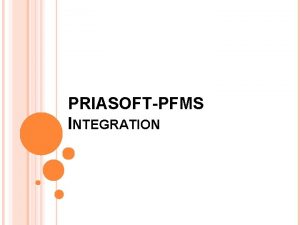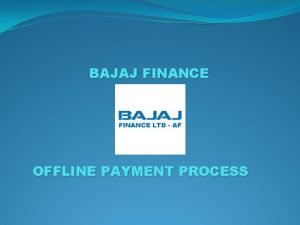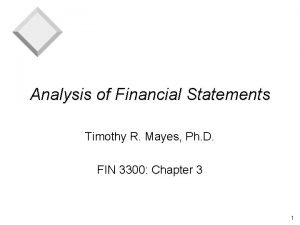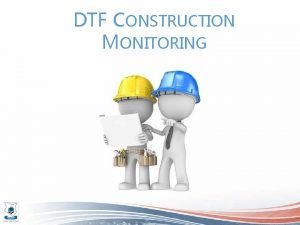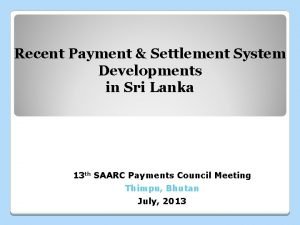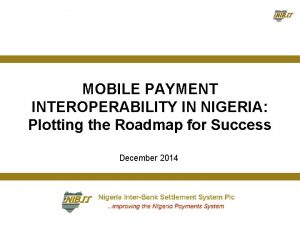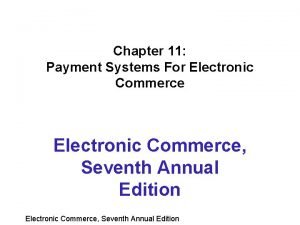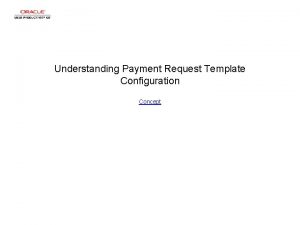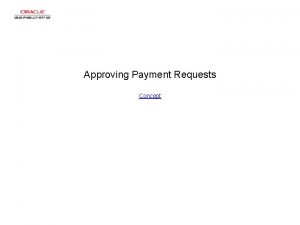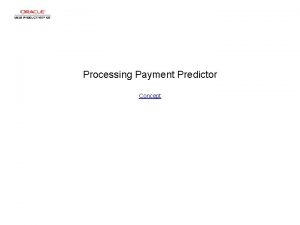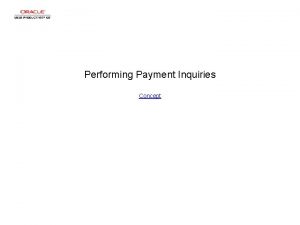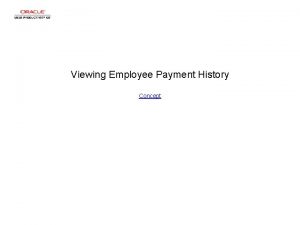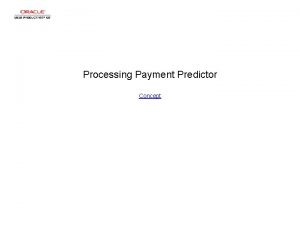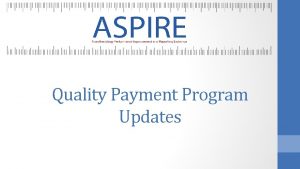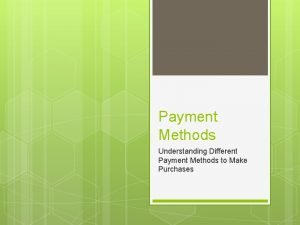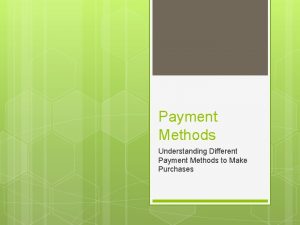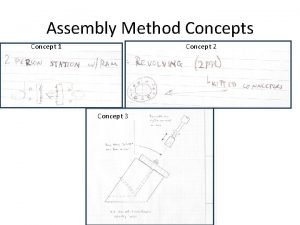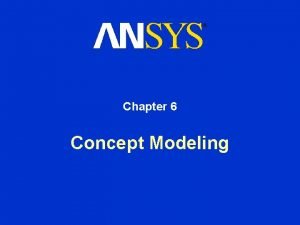Understanding Payment Status Concept Understanding Payment Status Understanding












- Slides: 12

Understanding Payment Status Concept

Understanding Payment Status

Understanding Payment Status Step 1 When a payment received by a company goes through the payment life cycle, its status changes from one stage to another. The status indicates the information that can be changed for the payment at a particular stage of the life cycle. This status depends on the payment entry method that was used and the way in which the payment was last processed.

Understanding Payment Status Step 2 There are seven types of status that a payment can have during the payment life cycle. The first status is Unidentified. This indicates that the payment was entered without customer or reference information. All payment information can be changed as appropriate at this point.

Understanding Payment Status Step 3 The second status is Identified. This means that the payment has customer ID or payment references, and all information for the payment can be changed as required.

Understanding Payment Status Step 4 The third status is Identified - express. This means that the identifying information for the payment is entered in the Receivables system but the payment is not marked for posting. Again, all payment information can be modified at this stage.

Understanding Payment Status Step 5 The fourth status is Directly journalled. This status implies that the payment was entered in a regular deposit and was marked for direct journaling. No changes can be made to the payment in this state.

Understanding Payment Status Step 6 Worksheet is the fifth status of a payment. This status indicates that the payment has a saved worksheet that is not marked for posting to the receivables system. In this state, you can change the identifying information for the payment or assign it to the Payment Predictor if accounting entries haven't been created. However, you cannot change any deposit information, payment amounts, IDs, or dates.

Understanding Payment Status Step 7 The sixth status Applied indicates that the payment is applied and either the accounting entries have been created online or the payment has been set to posted. You cannot change any deposit or payment information after you save the entry pages in this state.

Understanding Payment Status Step 8 After the payment is successfully posted by the Receivables Update process in People. Soft, it is assigned the status Complete. You can then review information about the payment but not change it. To change any information for the payment, you have to use the unpost process.

Understanding Payment Status Step 9 This concludes the topic on the types of status that a payment has during its life cycle. Depending on how a payment was entered and last processed in People. Soft, it is assigned a status. This status indicates whether or not the information in a payment can be modified at a specific stage of its life cycle.

Understanding Payment Status Step 10 To summarize, the status indicates the information that can be changed for the payment at a particular stage of the life cycle. The seven types of status that a payment can have during the payment life cycle are unidentified, identified-express, directly journalled, worksheet, applied payment, and complete. End of Procedure.
 Priasoft dsc registration report
Priasoft dsc registration report Nrega.ap.gov.in/nregs/
Nrega.ap.gov.in/nregs/ Sdx payment status codes
Sdx payment status codes Pengertian pemasaran
Pengertian pemasaran Ideal self example
Ideal self example Bajaj finance payment gateway
Bajaj finance payment gateway Utsa marketplace
Utsa marketplace Electronic bill presentation and payment
Electronic bill presentation and payment Fixed charge coverage
Fixed charge coverage Interim payment certificate sample pdf
Interim payment certificate sample pdf Payment and settlement system in sri lanka
Payment and settlement system in sri lanka Mpos nigeria
Mpos nigeria Payment systems for electronic commerce
Payment systems for electronic commerce
